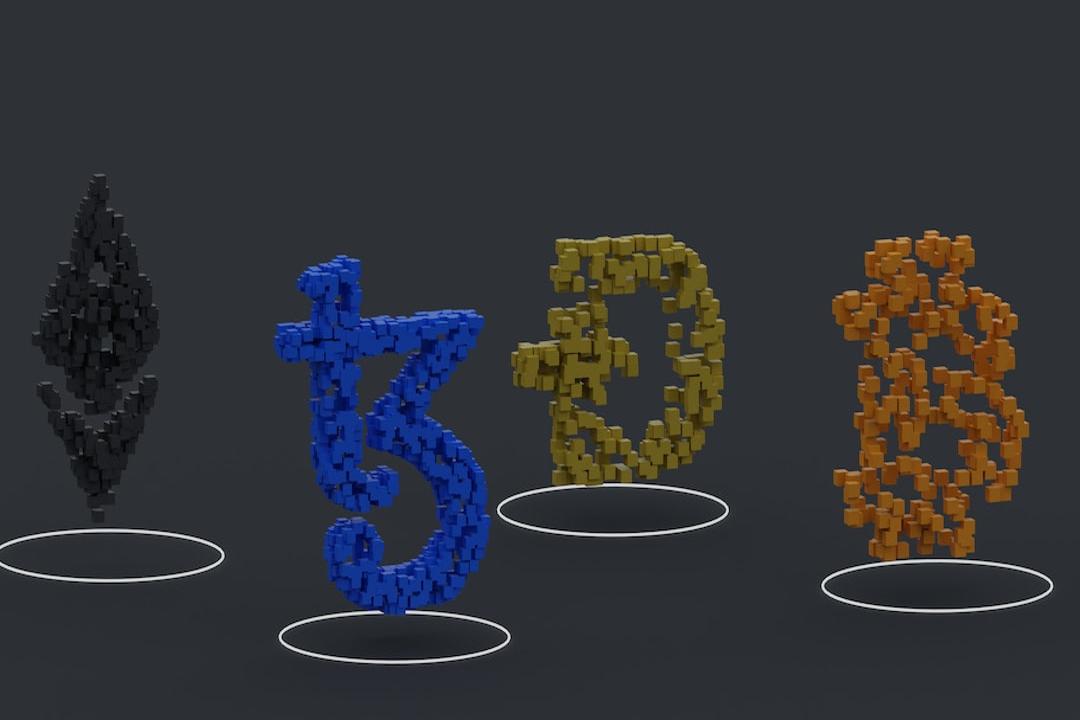The combination of tokens and innovative products has been proven to effectively alleviate the cold start problem. However, this strategy also brings new challenges: how to achieve sustainable user retention and engagement in the face of speculative short-term liquidity surges and non-organic user bases?
Marketplaces and networks that are token-enabled in the early stages (or before establishing sufficient organic demand) must find product-market fit (PMF) within a tight timeframe, or else they risk depleting the chips needed for subsequent business growth.
My friend Tina refers to this as the “hot start problem”, where tokens restrict the time window for early-stage companies to find PMF and gain enough organic traction, making it difficult for them to retain users and liquidity when token rewards decrease.

Applications launched through tokenized systems also encounter the hot start problem because users have potential expectations for tokens.
I really like the framework of the “hot start problem” because the core difference between cryptocurrencies and Web2 lies in the ability to use tokens (financial incentives) as tools to bootstrap new networks.
This strategy has been proven effective, especially for DeFi protocols such as MakerDAO, dYdX, Lido, GMX, etc. Token bootstrapping has also been proven effective for other crypto networks, from DePINs (e.g., Helium) to infrastructures (e.g., L1), and to certain middleware (e.g., oracles). However, networks that choose to solve the hot start problem through rapid expansion using tokens face several trade-offs, including blurring organic growth/PMF, early consumption of chips needed for subsequent growth, and operational resistance due to DAO governance.
Choosing Hot Start
Hot start is superior to cold start in two cases:
Startups competing in red ocean markets (competitive markets with known demand)
Passive networks or products
Red Ocean Markets
The core drawback of hot start is the inability to ascertain organic demand, but this problem is mitigated when establishing strong product-market fit categories. In this case, late entrants to the market can potentially compete with early market entrants by launching tokens early. DeFi is the field where late entrants have overcome the hot start problem the most, effectively using tokens to guide users and liquidity into new protocols. While BitMEX and Perpetual Protocol were the earliest to launch perpetual contracts in centralized and decentralized exchanges, later entrants like GMX and dYdX utilized token incentives to quickly guide liquidity and become leaders in the perpetual contract space. Compared to pioneers like Compound, newer DeFi lending protocols like Morpho and Spark have successfully guided billions of dollars of TVL. Today, tokens (and points) are the default option for liquidity bootstrapping game plans when new protocols have clear market demand. For example, liquidity staking protocols actively leverage points and tokens to increase liquidity in competitive markets.
In the realm of crypto consumer space, Blur demonstrated a strategy for competing in red ocean markets with its marketplace-defined points system and token launch, propelling Blur to become the dominant Ethereum NFT trading venue in terms of trading volume.
Passive vs Active Networks
The hot start problem is easier to overcome in passive supply networks compared to active supply networks. The history of token economics has shown that tokens are very useful in guiding networks when users can passively participate, such as staking, providing liquidity, listing assets, etc.
On the other hand, although tokens have successfully bootstrapped active networks like Axie, Braintrust, Prime, YGG, and Stepn, the early appearance of tokens often confuses the true product-market fit in active networks. Therefore, compared to passive networks, the hot start problem in active networks is more difficult to overcome.
The issue here is not that tokens cannot be effective in active networks but that applications and markets that introduce token incentives for tasks performed by users (usage, gaming, services, etc.) must take additional measures to ensure that token rewards are used for organic usage and drive important indicators such as engagement and retention. For example, data labeling network Sapien gamifies the labeling tasks and allows users to stake points to earn more points. In this case, passive staking while performing certain actions can serve as a loss avoidance mechanism, ensuring that participants provide higher-quality data labeling.
Trade-offs of Hot Start
Speculation is a double-edged sword. Introducing token incentives too early in a product’s lifecycle can result in strategic mistakes. However, if this mechanism is strategically harnessed, it can also become a powerful feature and growth tool to attract user attention.
Startups that issue tokens before gaining organic traction do not solve the cold start problem but instead face the challenges of hot start. They weigh the pros and cons of using tokens as incentives to attract user attention, hoping that their products can gain organic traction amidst the speculative frenzy.

